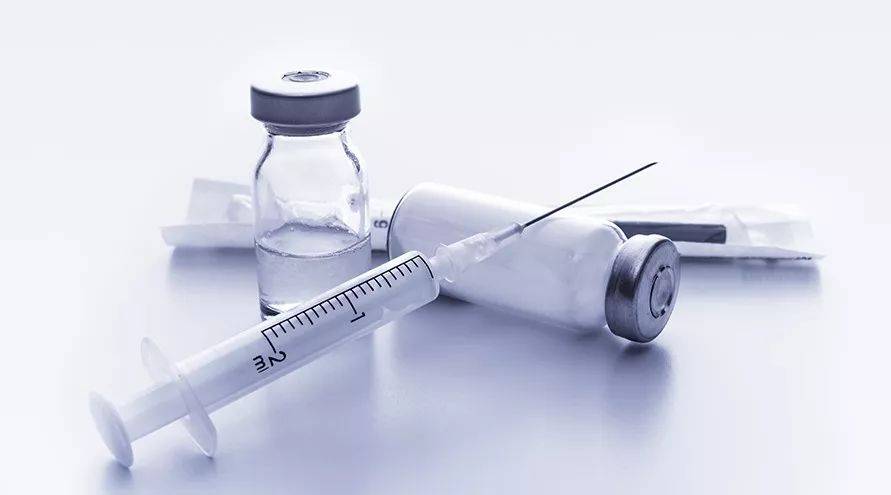Vaccines are the umbrella for children’s health.
Many parents know to vaccinate their children, but when it comes to:
-
Is there any difference between Class I vaccine and Class II vaccine in what?
-
What is the vaccination procedure?
-
How should I choose a vaccine?
It is estimated that many people are confused.
Today, we invited Dr. Zhuang Ruidan to sort out the whole vaccination strategy for everyone, including the vaccination procedures for Class I and II vaccines, vaccine classification, and vaccination principles. Don’t miss it.
Inoculation Schedule for Class I Vaccines (Free Vaccines)
The first type of vaccine is provided free of charge by the Government to citizens and is compulsory to be vaccinated. There are altogether 10 kinds of vaccines, including BCG, hepatitis B, polio, DPT, etc. All localities may adjust due to local policies.
According to clinical trials and many years of scientific practice, China has formulated an immunization program for a class of vaccines.
On this basis, we organized it into a list card and added precautions. You can look at it against this table.

Inoculation Schedule for Class II Vaccines (Vaccines at One’s
The second type of vaccine is a vaccine that parents can choose to vaccinate at their own expense, and it is also a supplement to the first type of vaccine, including influenza vaccine, pentavalent vaccine, etc.
Although it is not within the scope of the national planned immunization, it is also very necessary for children to be vaccinated. Because our country has not yet reached the stage of [not short of money], some vaccines cannot be provided free of charge.
How to vaccinate the second type of vaccine? We have also made a list for everyone. The vaccination time and dosage are written in great detail.

How should different vaccines be chosen?

1. Class I vaccine or Class II vaccine?
If the same vaccine has both self-funded and free, generally try to choose self-funded. However, except Japanese encephalitis (Japanese encephalitis vaccine), it is more recommended to vaccinate children free of charge.
The free Japanese encephalitis vaccine is a live vaccine and has been vaccinated by more than 200 million children. Its effect and safety have been fully verified.
The Japanese encephalitis vaccine vaccinated at one’s own expense is an inactivated vaccine, with relatively poor immune effect and long vaccination period. A total of 4 doses are required, which is 2 more doses than the free vaccine.
For children with immune defects, it is more suitable to pay for them at their own expense, but for most normal children, it is good to have free vaccination and there is no need to spend money in vain.

2. Attenuated live vaccine or inactivated vaccine?
Attenuated live vaccine has better immune effect and inactivated vaccine has higher safety.
Attenuated live vaccine refers to weakening the toxicity of pathogenic microorganisms through technical means. After inoculation, human body can form a mild infection process and stimulate immune response.
Inactivated vaccine refers to the complete inactivation of pathogenic microorganisms (bacteria and viruses) corresponding to the vaccine through certain treatment. Although the pathogenic microorganisms are dead, they still have the ability to stimulate immunity.
3. Combined vaccine or single vaccine?
If there is a combined vaccine for the same vaccine, try to choose a combined vaccine.
From the beginning of birth to the age of two, the baby must be vaccinated with 18 ~ 21 doses of the national immunization program. In addition, the vaccine at one’s own expense requires about 30 doses.
Compared with a single vaccine for only one disease, a combined vaccine combines two or more vaccines, which can reduce the number of vaccinations and prevent various diseases. Parents do not have to take their children to vaccinate in three days and two ends.
However, care should be taken to avoid repeated vaccination.

4. Monovalent vaccine or N-valent vaccine?
N represents the number of strains contained in the vaccine. Generally speaking, the more the price, the better. However, it depends on the infection rate of the covered serotype in the population and the age of vaccination.
For example, there are more than 90 types of pneumonia strains, and the 13-valent vaccine for pneumonia includes the 13 types of strains that are most likely to cause diseases. For children, vaccination is more recommended.
5. The same manufacturer or different manufacturers?
In the absence of special circumstances, try to choose vaccines from the same manufacturer, so that in case of problems, traceability is also convenient.
Many people will mistakenly think that Class II vaccines are not necessary. In fact, Class II vaccines are as important as Class I vaccines and can provide protection for children.
If conditions permit, all children will be vaccinated. One more layer of protection will reduce the risk.
